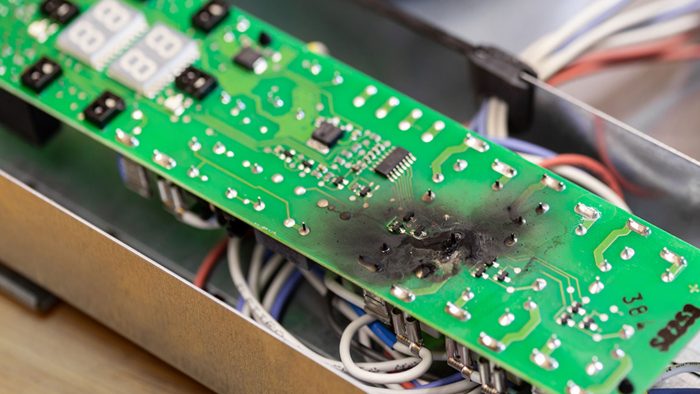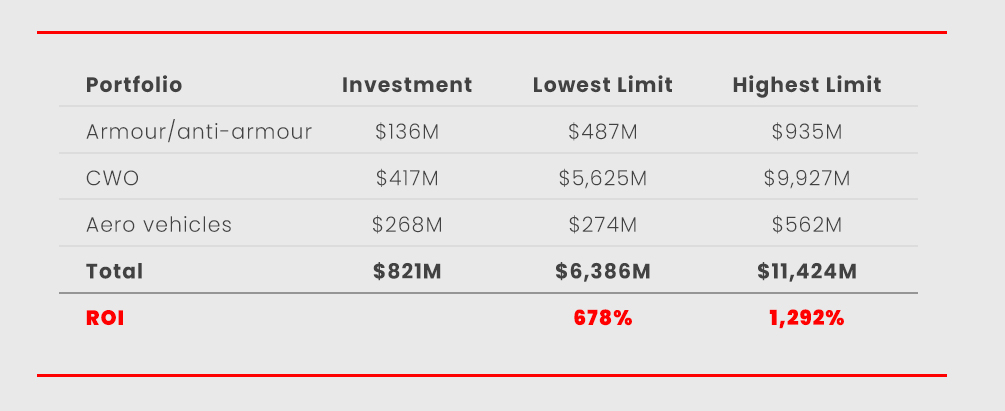
How to measure the return on simulation investment
While it can be difficult to measure the intangible benefits of simulation in product and brand quality, there are several ways to quantify return on investment (ROI).
Reduction of warranty costs
Even a few seemingly irrelevant errors in a product can affect an organization’s reputation, sales, stock price, warranty claims, legal costs, and credit rating. Increasingly, product integrity is a potential issue, as the cost of delivering a defective product to customers has never been higher.
The American Society for Quality estimates that each recalled product costs on average more than $8 million in direct costs alone. There are cases of fines of up to $15 million for not reporting possible product safety violations or defects.

The biggest cost of all can be the effect on a company’s reputation if consumers believe its products are unsafe.
According to the Public Services Research Institute, US companies spend approximately $2 billion per year on product liability lawsuits. This figure does not include settlements or jury-set fines, which average $700,000 each. However, the biggest cost of all can be the effect on a company’s reputation if consumers believe products are unsafe.
Consider the case of Pierburg, a major German automotive supplier. The company, already using engineering simulation, increased its investment in virtual analysis to improve quality and reduce warranty costs, while meeting time and cost targets. The effects were not immediately apparent, as warranty costs increased while products not subject to simulation were being brought to market. But over time, the warranty cost curve clearly indicated a systematic reduction, reducing to less than half, which far exceeded the increase in total simulation cost.
The difference between reduced warranty cost and increased investment in engineering simulation is a direct indication of return on investment. While the reduction in warranty cost may not be solely due to the adoption of engineering simulation, the biggest intangible impact of this new approach is in the improved product quality and positive brand impact.
Prototype Reduction
Cutting back on prototyping is the most direct way to calculate the savings generated by investing in engineering simulation. To evaluate the cost of physical prototypes, you must:
- Multiply the cost of a prototype by the amount of prototyping that takes place during the design process.
- Subtract the cost of the physical prototypes remaining after the virtual prototyping process. A rigorous ROI calculation should evaluate the investment of the engineering simulation and determine the relationship between savings and investment.

Determining the Value to the Warfighter: U.S. Department of Defense Return on Investment Study
The French company Gamma Point used this approach for the design of extrusion matrices for plastic profiles. A traditional process that usually requires between five or six trial and error experiments costing around $1,500 each. With simulation, the engineering team has reduced the number of tests to just two. Consider this extrapolation: if a medium-sized extrusion company designs 50 matrices per year, the savings could exceed a quarter of a million dollars per year, with an ROI of 300% (taking into account the cost of software, hardware, and engineering personnel).
Reduced time to market
Many companies have reported a reduction in time to market as a result of using engineering simulation. Bringing a new solution to market can generate additional revenue, which directly impacts gross revenue. Quantitative measurement involves evaluating time to market using a traditional design approach versus a systematic parametric engineering simulation. The same goes for the additional revenue expected to be generated by this new product during this period.
Improved team efficiency and solution quality
When engineering simulation is managed properly and the product development team has access to the right data management tools, a project engineer quickly becomes more efficient, completing more projects during the same time period. The assessment is a simple equation: compare the cost of using a traditional approach for a given number of projects with the cost of the same projects using engineering simulation. The benefits go beyond cost reduction to improved product quality.

Award winning Dyson fan, Air Multiplier.
One example is the development of Dyson’s award-winning fan, Air Multiplier. Using an efficient simulation process, the company’s engineers were able to test more prototypes than with a traditional design approach. You can assess the impact conservatively, reducing engineering costs to match the number of traditional prototypes. If you want to be more proactive, evaluate the sales impact of this quality increase.

